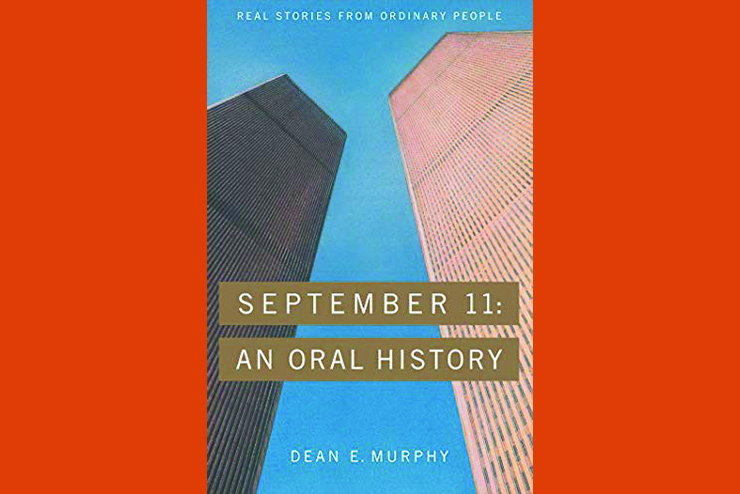Time devours all. It has always been true, but in our contemporary hyper-presentist culture, the fact is exacerbated into crippling moral failing. As events slide more distantly into the past, the people who were close to them disappear. Eventually no one cares enough to keep the memory alive.
This is true even of the most monumental things. The 9/11 attacks are now nearly a quarter century in our rearview mirror. The cultural forgetting is well advanced.
Those of you, however, who would resist it have ways to do so.
Reading oral histories is the most visceral way of going back to that day. I hear the progressives already shrieking into my ear: Why go back!? We go back to ensure that such things are more difficult to repeat in the future. More importantly, we go back to respect those souls who were ripped out of this world and sent into the next by the monsters who perpetrated those acts.
If you would resist forgetting, just leaf through the pages of Dean Murphy’s series of first-person accounts.
Read Teresa Veliz, praying on a non-functioning escalator on the way out of the North Tower, not to be spared but for a quick and painless death.
Read Martin Glynn, admiring the courage of New York Police Officer Moira Smith as she ushered Glynn and many others out of the South Tower, then later seeing her photograph and learning her name in a newspaper tribute to officers who had perished that day.
Read Tonya Young, describing her dream of life in the big city as a freshly minted college graduate from Texas and who, after this day of horror, was so traumatized she could not stay and quit her job to return home.
And read emergency medical specialist Ernest Armstead describing his life-changing, surreal conversation with a woman on the plaza below one of the towers as he was doing triage. He gave her a black tag, which means beyond saving, as her entire body from the diaphragm down was destroyed. But as he worked to tag others, somehow, she spoke to him. “I am not dead.” He reassured her, falsely, that others were coming to attend to her and did what his duty required, moving on to triage others.
The agony of this story is close to unbearable. Armstead’s conclusion should haunt you: “I walked for hours in a wretched place I can only describe with a biblical reference—“the valley of the shadow of death.” I felt death, I heard it, I saw it and I smelled it. And with that lady in the plaza, I even talked to it.”
Never forget.

Leave a Reply